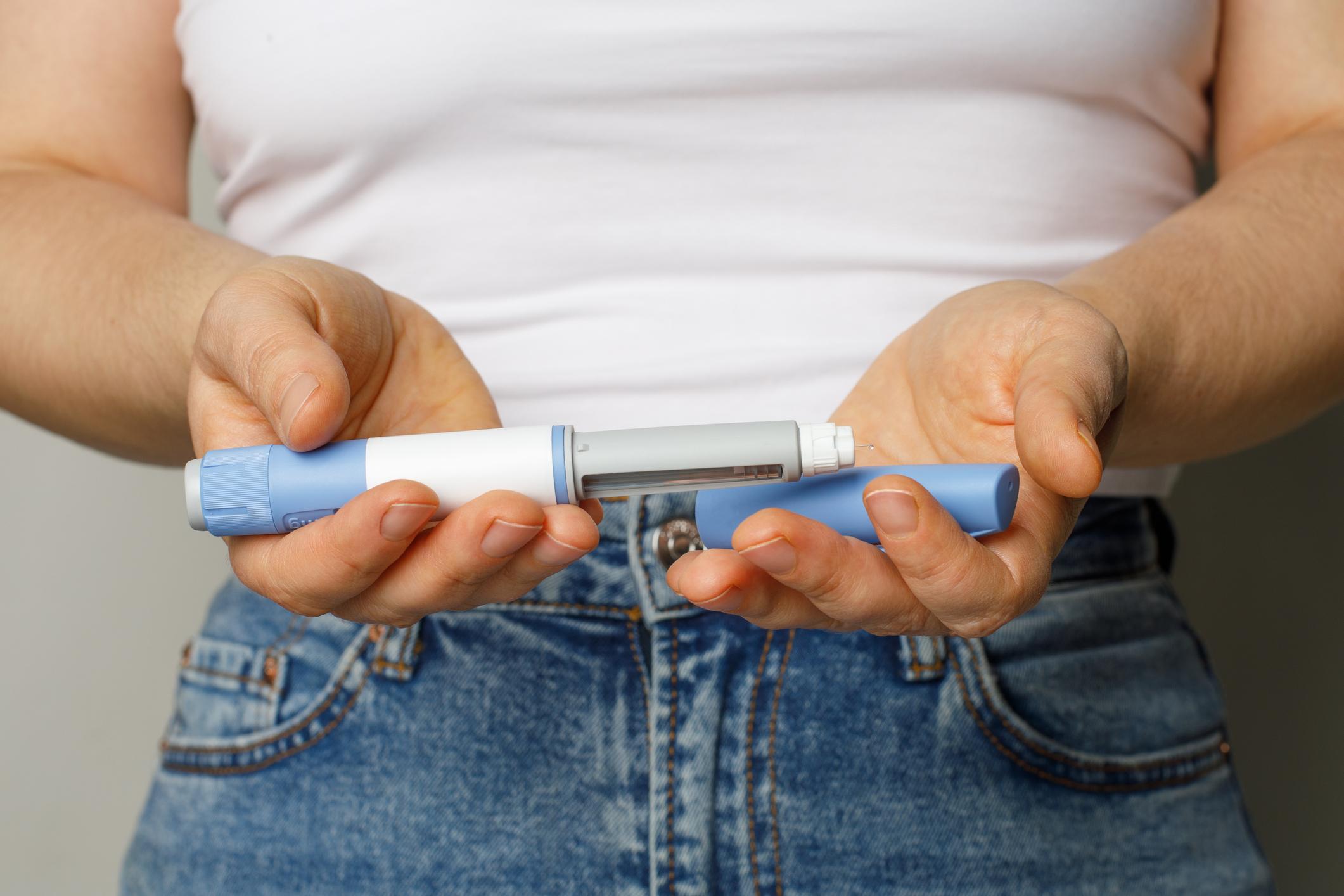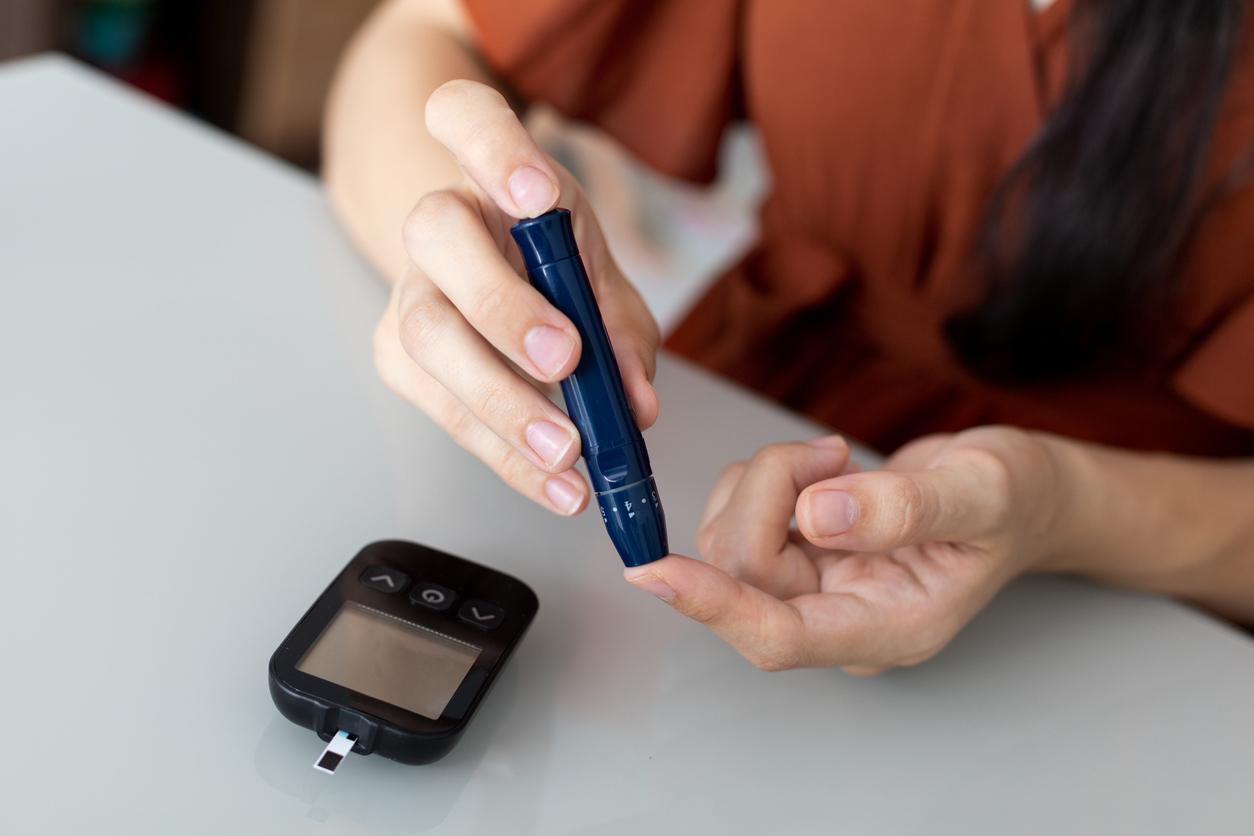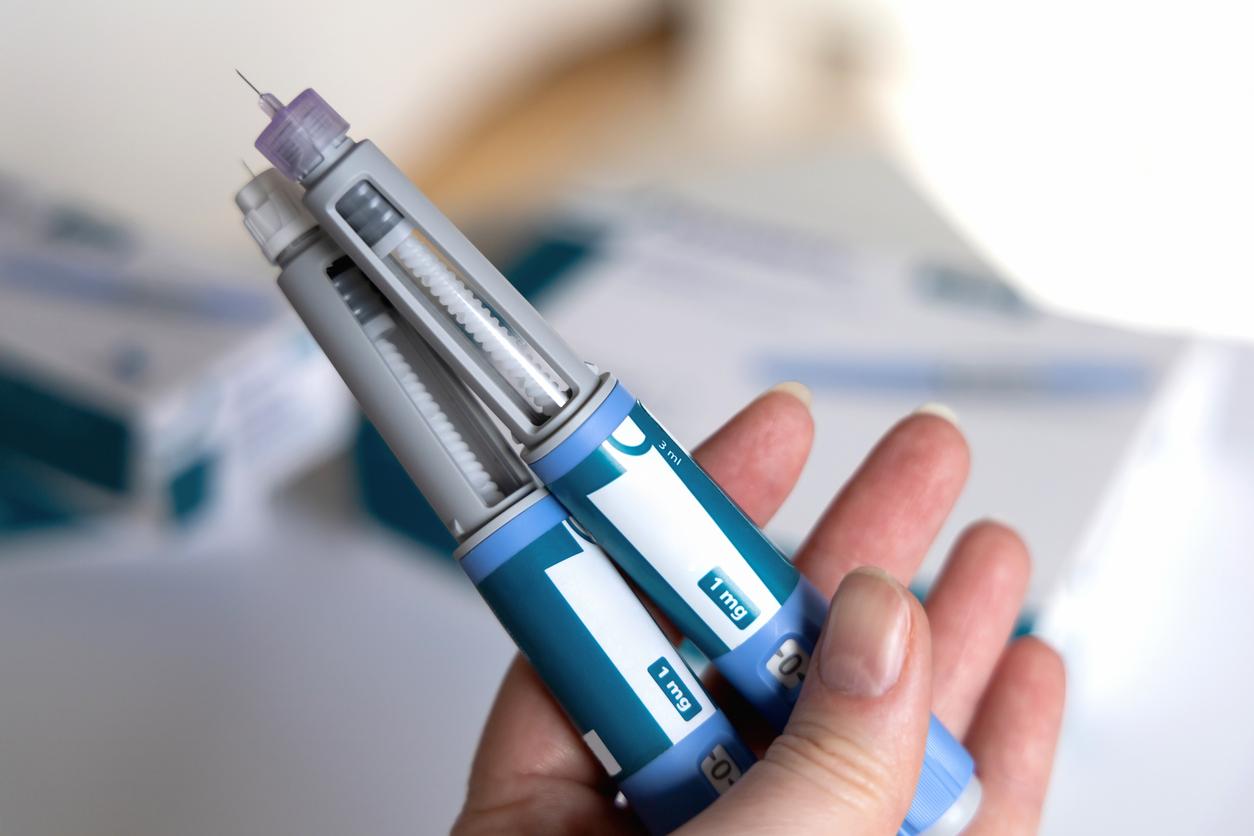
Easier to regulate insulin
Taking care of young children, the very elderly with forms of dementia or the mentally handicapped with diabetes mellitus poses additional problems. These groups are often unable or at least much more difficult to manage their diet and insulin administration. The insulin pump is the answer.
For a mentally fully capable adult, living with type 2 diabetes not an easy task. All kinds of things that are perfectly normal for most people are actually not possible: mindlessly snacking when you are hungry or just continue working without going to lunch is never really possible, just like a carefree sleep in the day or an evening. go under the wool extremely early. And of course there is always the administration of insulin.
For young children, demented the elderly and mentally handicapped, these problems are many times greater. The average diabetic patient generally knows how to handle the stricter lifestyle rules that the condition entails and almost always knows how to respond correctly to the signals from the body, but this does not apply to these special groups, or at least much less. This requires a lot of vigilance on the part of the carer, for whom things are sometimes difficult to assess.
Old situation
In the past, the caregiver had no choice but to monitor the patient as closely as possible: food intake, weight, blood sugar level, administration of long-acting insulin, checking for signs of hyperglycemia or hypoglycemia. This was all very intensive and usually required intensive supervision from a doctor or specialist nurses.
It goes without saying that in such a situation it may become necessary much more quickly to have a patient nurse — temporarily or structurally — outside the home environment. Quite apart from the costs to society, this is often socially undesirable.
The insulin pump
In 1986, the first insulin pump was inserted into a patient in the US. This device was invented shortly before by the aerospace engineer Robert Fischell, who is also credited with numerous other inventions in the medical field.
The insulin pump had great advantages right from the start. It releases a small dose of insulin several times an hour, so that the amount of insulin available to the body is distributed much more evenly, without peaks and troughs. Of course, it is also much more pleasant for the patient, because there is no need for continuous injections.
Meanwhile, the insulin pump has developed considerably. For example, with modern pumps, different basal profiles can be set so that the delivery can be determined very precisely. In addition, modern insulin pumps can be linked directly to a PC to be able to read the data over a number of days. The latest models even measure blood sugar fully automatically every five minutes. The latter in particular is a major advantage for the above-mentioned ‘problem patients’. However, the insulin pump is seen as a major improvement by almost every diabetic patient.
Benefits of the insulin pump at a glance
– no more syringes
– more accurate dosing, better adapted to individual needs at any time
– short-acting insulin for more accurate adjustment to the blood sugar level
– hardly any peaks and troughs in blood sugar
– more flexibility in meal times and sleeping periods
– any hypos that still occur can be counteracted faster
– more possibilities for sports without the need for extra carbohydrates
– pump can be disconnected for activities where it is difficult (showering, swimming, …)
– readable by computer, so practical for the patient himself and/or for a carer, supervisor, doctor or nurse















